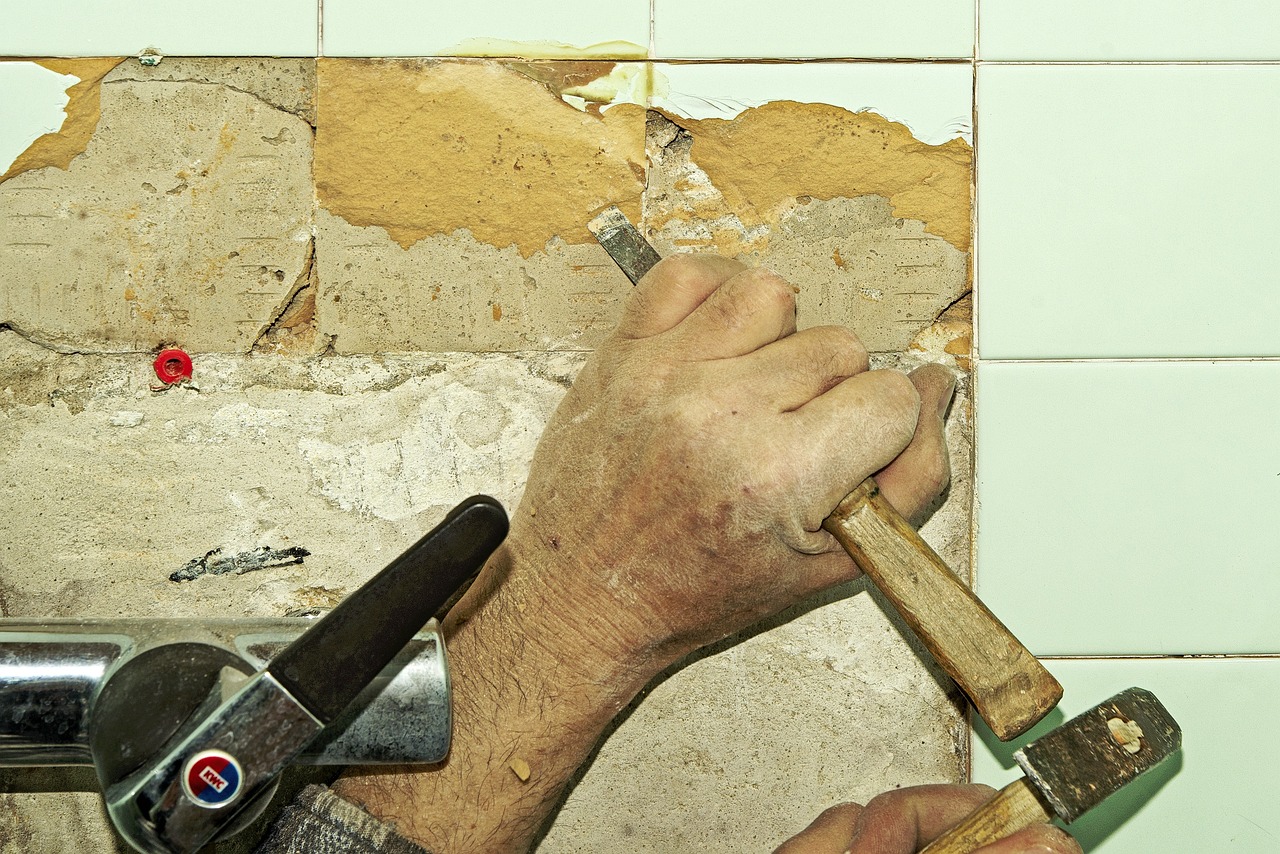Floor tile removal is a complex process that involves removing old tiles from your floor to prepare for new ones. While it may look like a simple task, you must have the right floor tile removal tool to use. In addition to tools, there are many things that you should know before getting your tile removal done. The following section of the article will discuss all the factors you should be aware of to ensure your floor tile removal process goes smoothly and efficiently. So, read on.
The Type of Tiles You Have:
The type of tiles you have will determine how easy or difficult the removal process will be. Some tiles are easier to remove than others, so it is essential to identify what type of tiles you have before starting the removal process. Ceramic tiles are generally easier to remove than natural stone tiles, which can be more challenging due to their thickness and hardness.
The Amount of Dust:
Tile removal can be messy, and you should expect a lot of dust and debris to be created during the process. Traditional removal methods like chipping or scraping can create more dust than modern methods like using a floor scraper with a dust collection system. Make sure to cover your furniture and belongings with plastic sheets and move them away from the working area before starting the removal process.
The Equipment Required:
Removing tiles requires the appropriate floor tile removal tool that many homeowners don’t have. Depending on the type of tiles you have and the removal method used, you may need a floor scraper, a chisel, a hammer drill, a diamond blade saw, or other specialized tools. You can either rent or purchase these tools or hire a professional tile removal service with all the necessary equipment to perform the job. The right choice of tool will ensure that the job is done efficiently and with minimal damage to the underlying floor.
The Importance of Safety
Tile removal can be dangerous, and it is essential to take safety precautions to avoid injuries. The use of protective gear like safety goggles, gloves, and masks is mandatory. Ensure the working area is well-ventilated, and the power supply is shut off before starting the removal process. Injuries can occur if the tiles break unexpectedly or the tools are mishandled.
The Disposal of Tiles
Once the tiles are removed, they must be disposed of properly. It is necessary to check the local regulations in your area regarding the disposal of tiles. Some states have specific guidelines and rules for disposing of tiles due to the presence of hazardous materials in some tiles. In most cases, tiles can be disposed of at a local landfill, recycling center, or through a professional tile removal service.
The Preparation for New Tiles
Before new tiles can be installed, the floor needs to be adequately prepped. This includes removing any remaining adhesive or mortar from the floor, patching any cracks, and leveling the floor. Make sure the floor is completely dry before the new tiles are installed.
Removing old tiles is an essential step before installing new ones, and it requires proper planning, preparation, and execution to avoid any mishaps. Understanding the type of tiles you have, the equipment required, the amount of dust, safety precautions, disposal regulations, and preparation for new tiles will ensure that your floor tile removal process goes smoothly and efficiently. If you are not confident about performing the task on your own, you can always hire a professional tile removal service.

